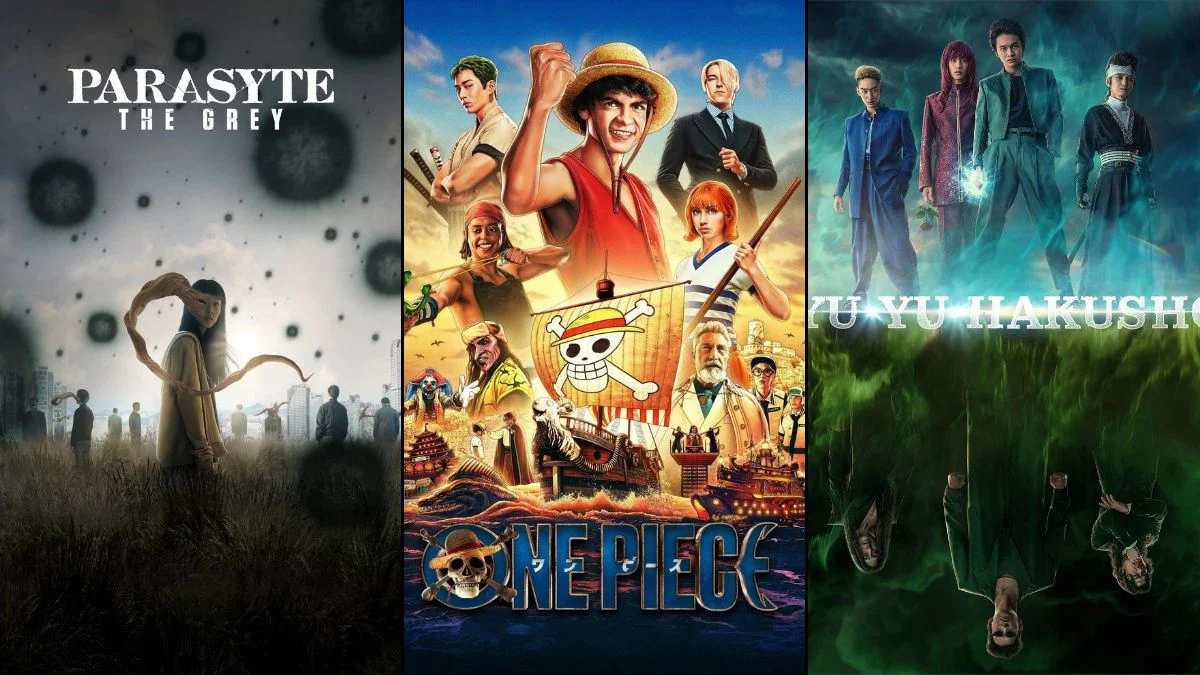
Adapting popular anime into live-action can be tricky, but many attempts succeed by staying true to the story, featuring great actors, and delivering high-quality production. Whether it’s Japan’s careful adaptations or recent international successes, these movies and shows prove that focusing on compelling characters, detailed world-building, and exciting action sequences is key. Here are twenty examples that expertly bring anime or their original manga to life with attention to detail and impressive scale.
‘One Piece’ (2023–)
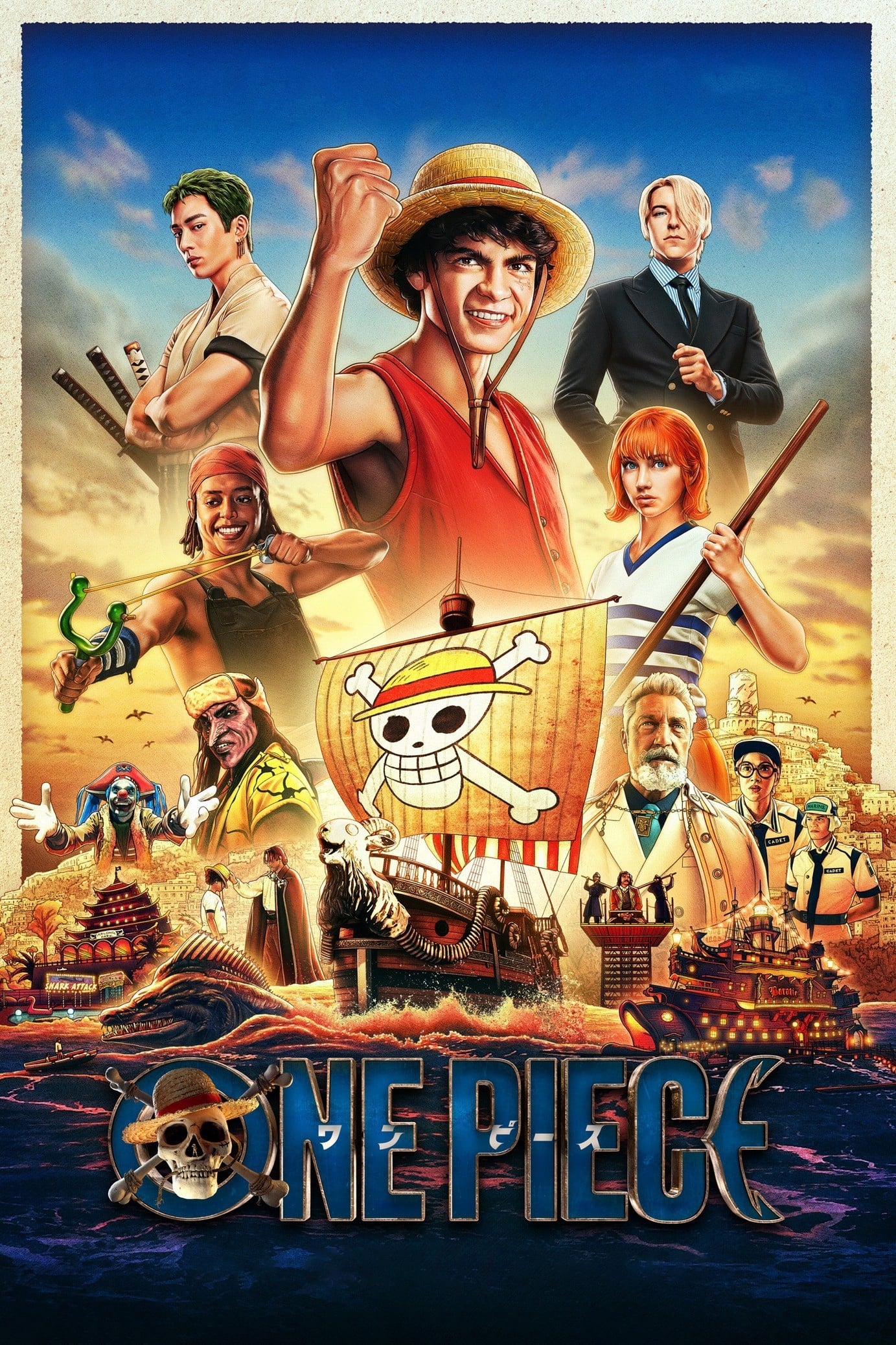
Netflix’s adaptation of ‘One Piece’ brings Eiichiro Oda’s popular story to life, with Oda himself heavily involved as a producer. The first season focuses on the beginning of the adventure, introducing the Straw Hat pirates and their early enemies, like Arlong. The show used impressive sets and makeup, and was filmed on real ships and in South Africa to create a believable world. While streamlining the story, the series stays true to the characters and relationships that make ‘One Piece’ so engaging.
‘Yu Yu Hakusho’ (2023)

This series brings Yoshihiro Togashi’s popular story to life, concentrating on the beginning of the series and the exciting Dark Tournament arc. It uses a lot of visual effects for the creatures and dynamic fight choreography to showcase the characters’ special abilities. The actors playing the high school students are all the right age, and the short season keeps the story moving while still focusing on the important relationships between the characters.
‘City Hunter’ (2024)
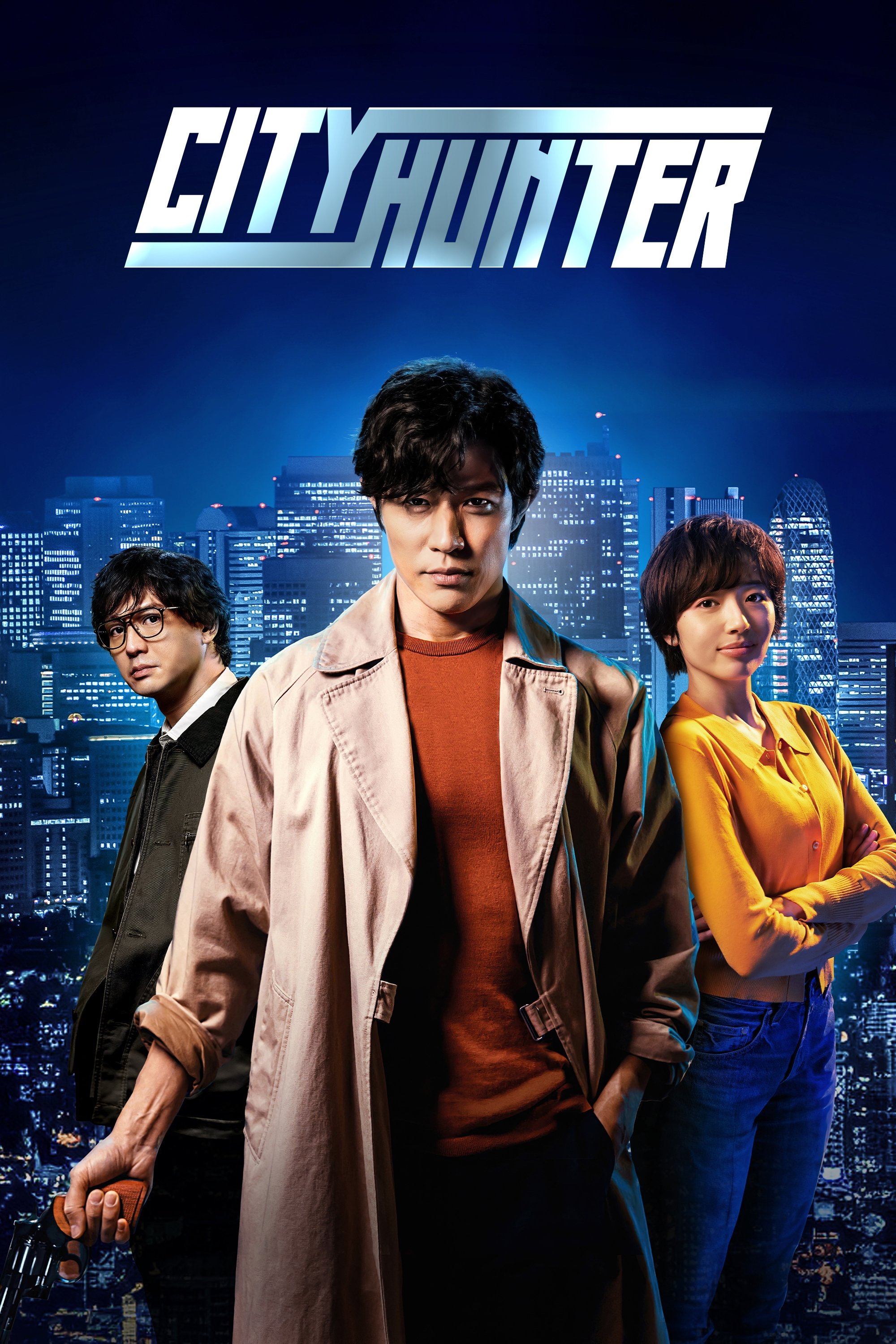
The movie ‘City Hunter’ updates the classic manga by Tsukasa Hojo, setting the action and comedy in modern Tokyo with Shunsuke Michieda playing Ryo Saeba. Filmed on location in Shinjuku with real stunts, the movie captures the fast-paced feel of the original comic. It keeps the iconic elements – like Ryo’s amazing shooting skills and his relationship with Kaori – intact while making the story easy for new fans to enjoy.
‘Parasyte: The Grey’ (2024)
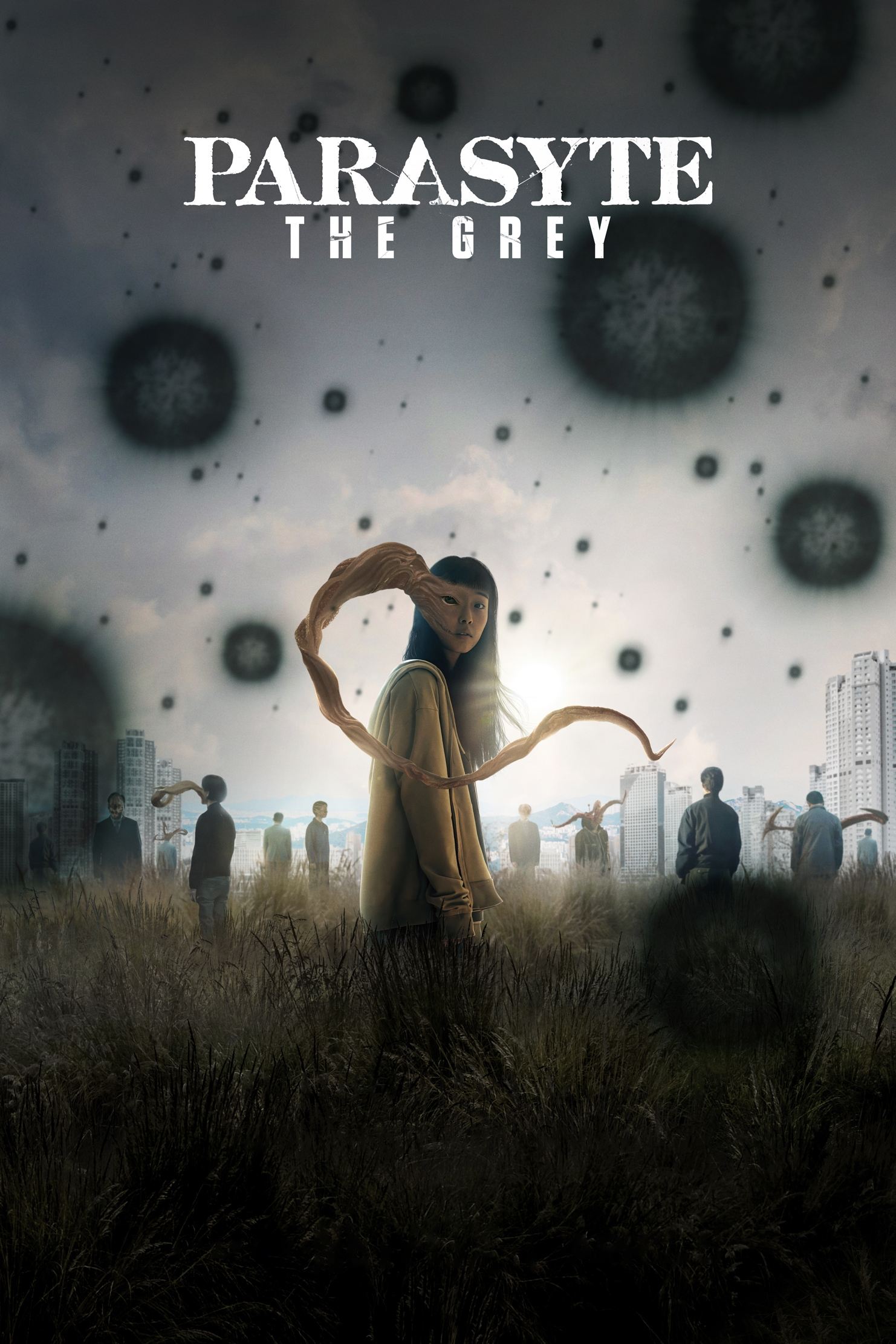
This Korean show builds on the world of Hitoshi Iwaaki’s ‘Parasyte,’ introducing new characters and a new location while staying true to the original story. It uses a mix of realistic makeup and computer-generated effects to show the terrifying physical changes caused by the parasites. The story focuses on how people react to the crisis, the government’s attempts to control it, and the struggles of individuals just trying to survive. It also includes references to the anime, reinforcing the central ideas of self-discovery and learning to live together.
‘Alita: Battle Angel’ (2019)
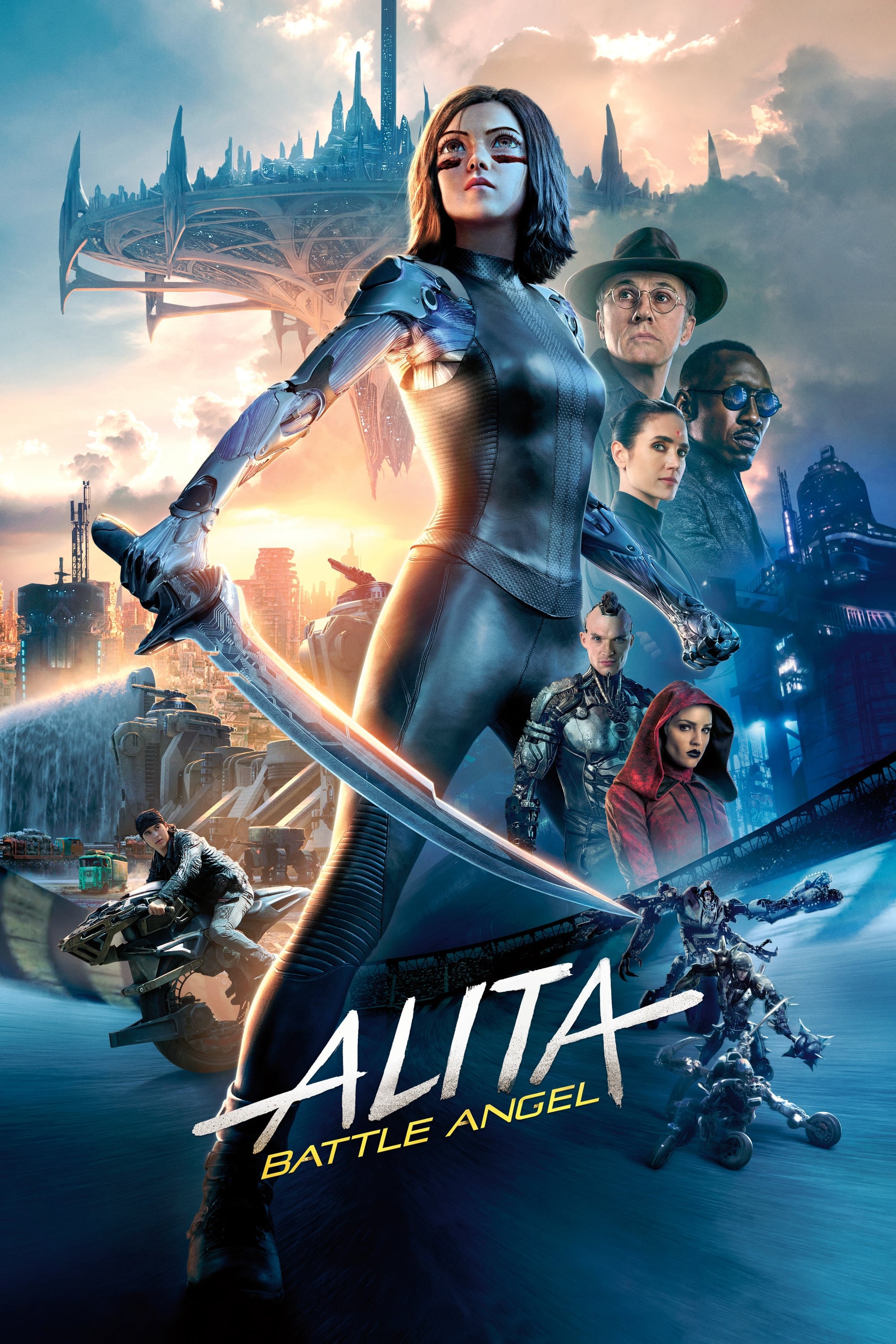
Inspired by Yukito Kishiro’s manga ‘Gunnm’, the film ‘Alita: Battle Angel’ uses advanced performance capture technology to create its cyborg protagonist. Directed by Robert Rodriguez and co-written with James Cameron, the movie highlights the exciting Motorball and Hunter-Warrior storylines. The filmmakers built impressive, large-scale sets to realistically depict the sprawling, multi-layered city of Iron City. While streamlining several plotlines from the source material, the film stays true to the series’ signature combat and unique cybernetic designs.
‘Speed Racer’ (2008)
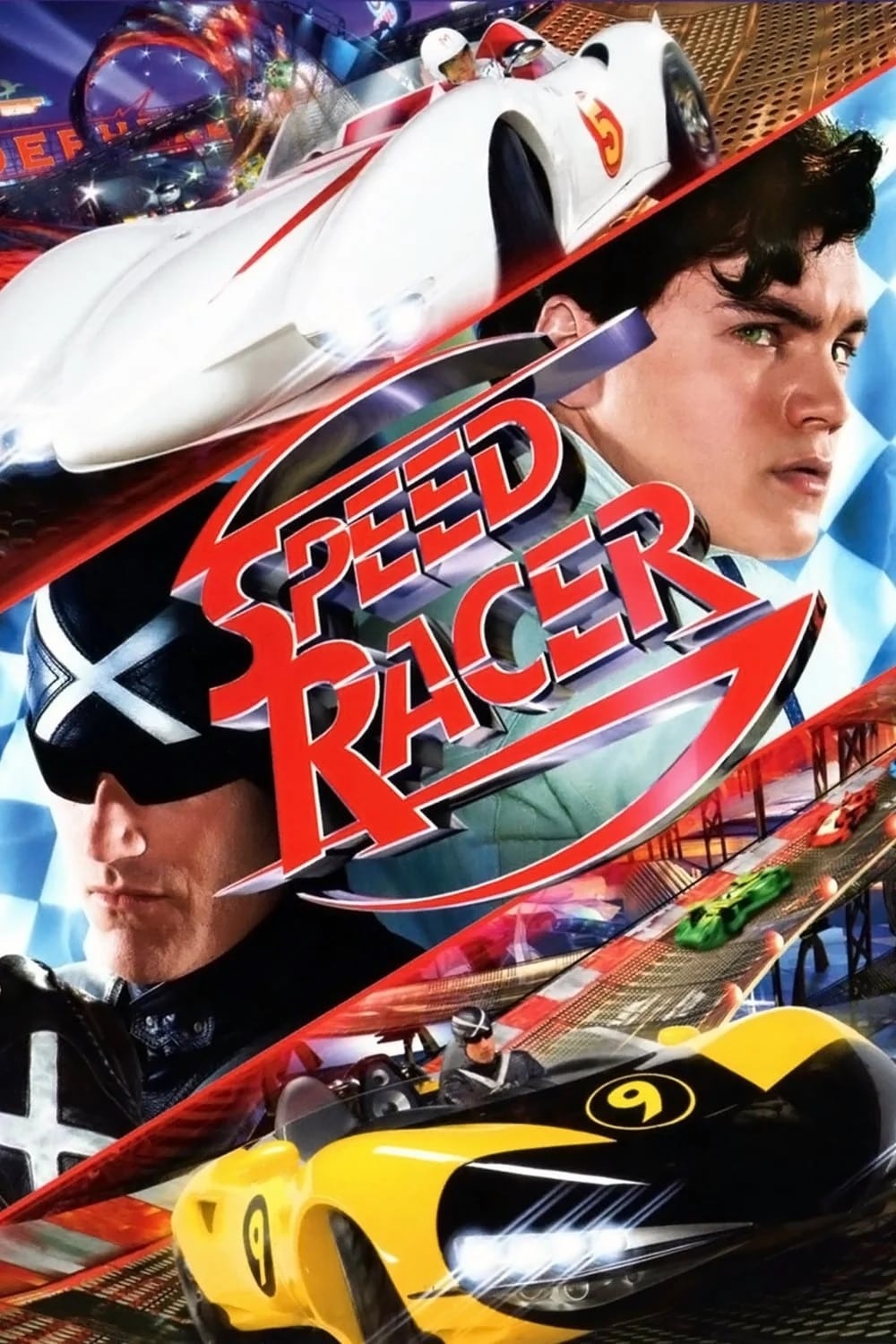
The movie ‘Speed Racer’ brings the fast-paced energy of the original ‘Mach GoGoGo’ anime to life with a highly stylized look. It uses special filming techniques and computer-generated sets to recreate the anime’s unique visual style, including its flat backgrounds and quick camera movements. The story centers on a racing family who face challenges from corporate rivals and compete in exciting, multi-part races. The cars and race tracks are inspired by classic designs, updating iconic elements like the gadgets in the Mach 5 for a modern audience.
‘Rurouni Kenshin Part I: Origins’ (2012)
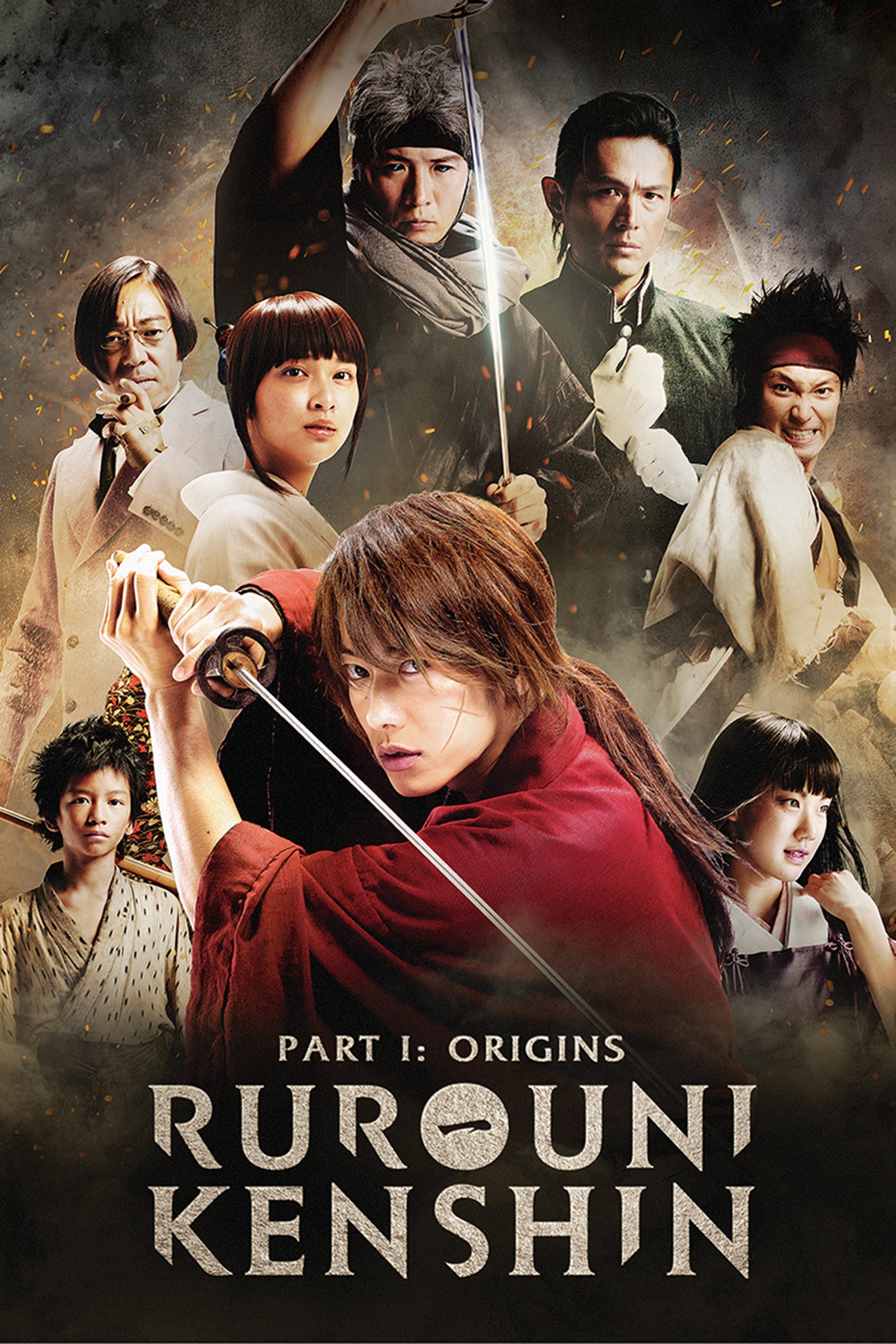
This film reimagines the beginning of ‘Rurouni Kenshin,’ starring Takeru Satoh as Himura Kenshin. Director Keishi Ōtomo focuses on realistic and impressively filmed sword fights, using long, unbroken shots and practical stunts. The movie accurately recreates the look of Japan during the early Meiji period, with detailed sets of streets and towns. The story establishes Kenshin’s personal promise and introduces important characters, while also hinting at the larger political conflicts to come.
‘Rurouni Kenshin Part II: Kyoto Inferno’ (2014)
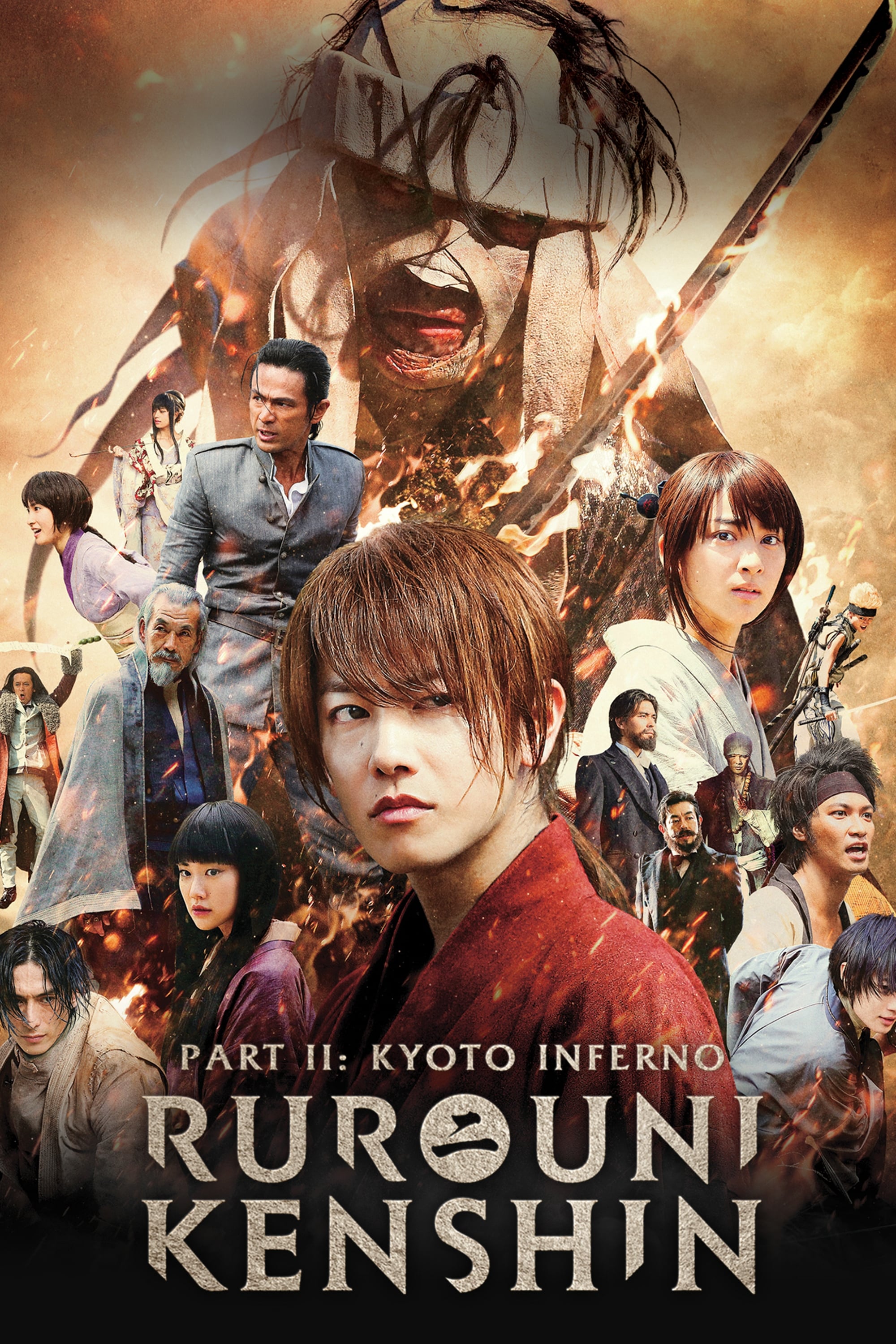
The new installment focuses on the Kyoto storyline, introducing the villain Shishio and a larger mission for Kenshin and his allies. The film features impressive action sequences, including battles on trains and in the streets, with many extras involved. The costumes and makeup of Shishio’s elite group, the Juppongatana, are designed to be easily recognizable during fight scenes. Filming on location in Kyoto enhances the historical setting and intensifies the growing conflict.
‘Rurouni Kenshin Part III: The Legend Ends’ (2014)
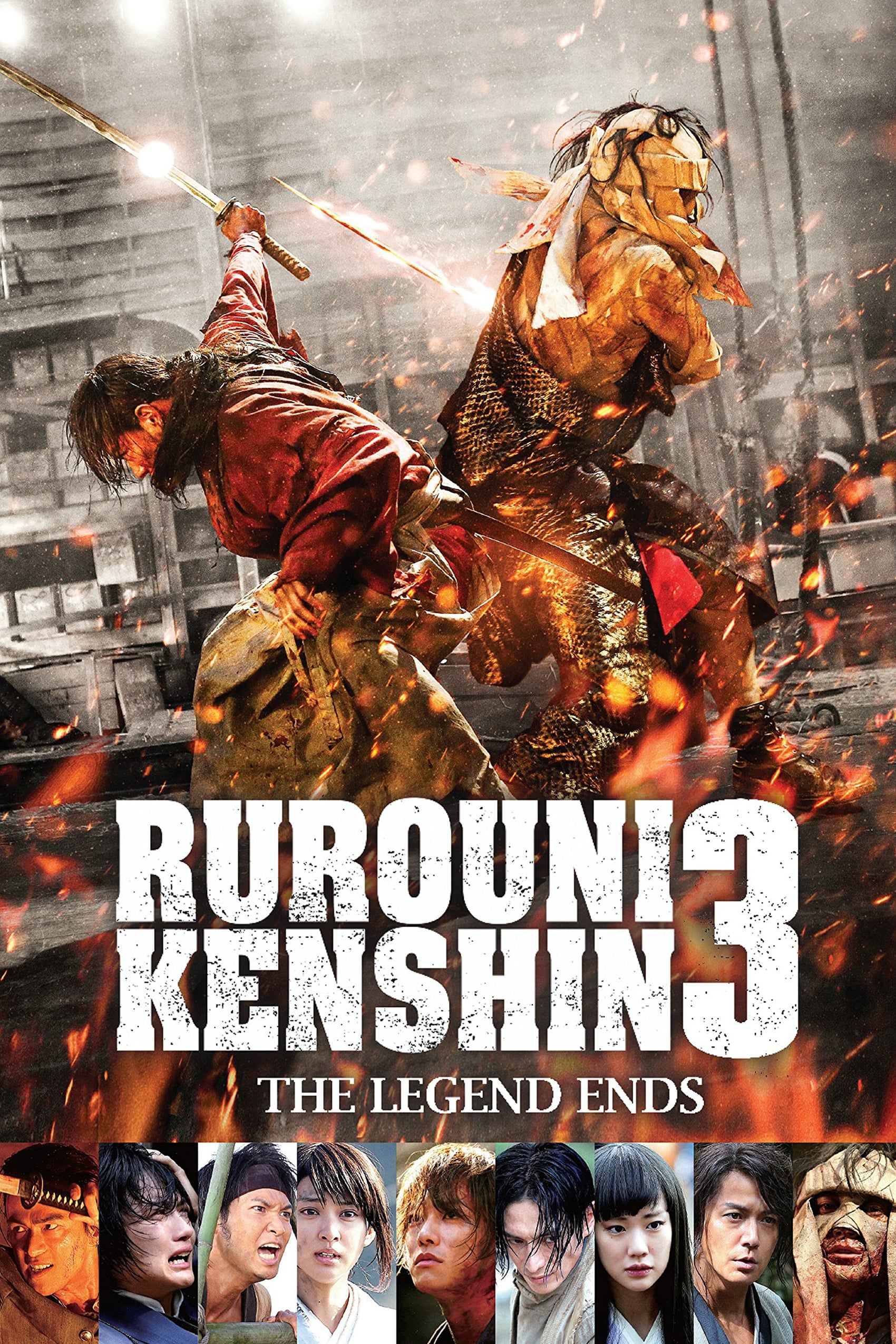
This chapter finishes the story arc set in Kyoto with action sequences inspired by the original manga. The fight scenes focus on realistic sword fighting, using practical effects like wires and keeping computer-generated imagery to a minimum to ensure the action is clear. The production team created battles with multiple opponents to highlight the unique fighting style of each character. The story moves forward, wrapping up character storylines while still keeping the suspenseful, historical thriller atmosphere.
‘Rurouni Kenshin: The Final’ (2021)

Following the events in Kyoto, ‘The Final’ reimagines the Enishi storyline with updated action sequences and settings. The film features larger-scale urban environments and impressive stunts, showcasing Enishi’s unique fighting style through detailed choreography and props. It also weaves in backstory using flashbacks that connect to previous films in the series.
‘Rurouni Kenshin: The Beginning’ (2021)
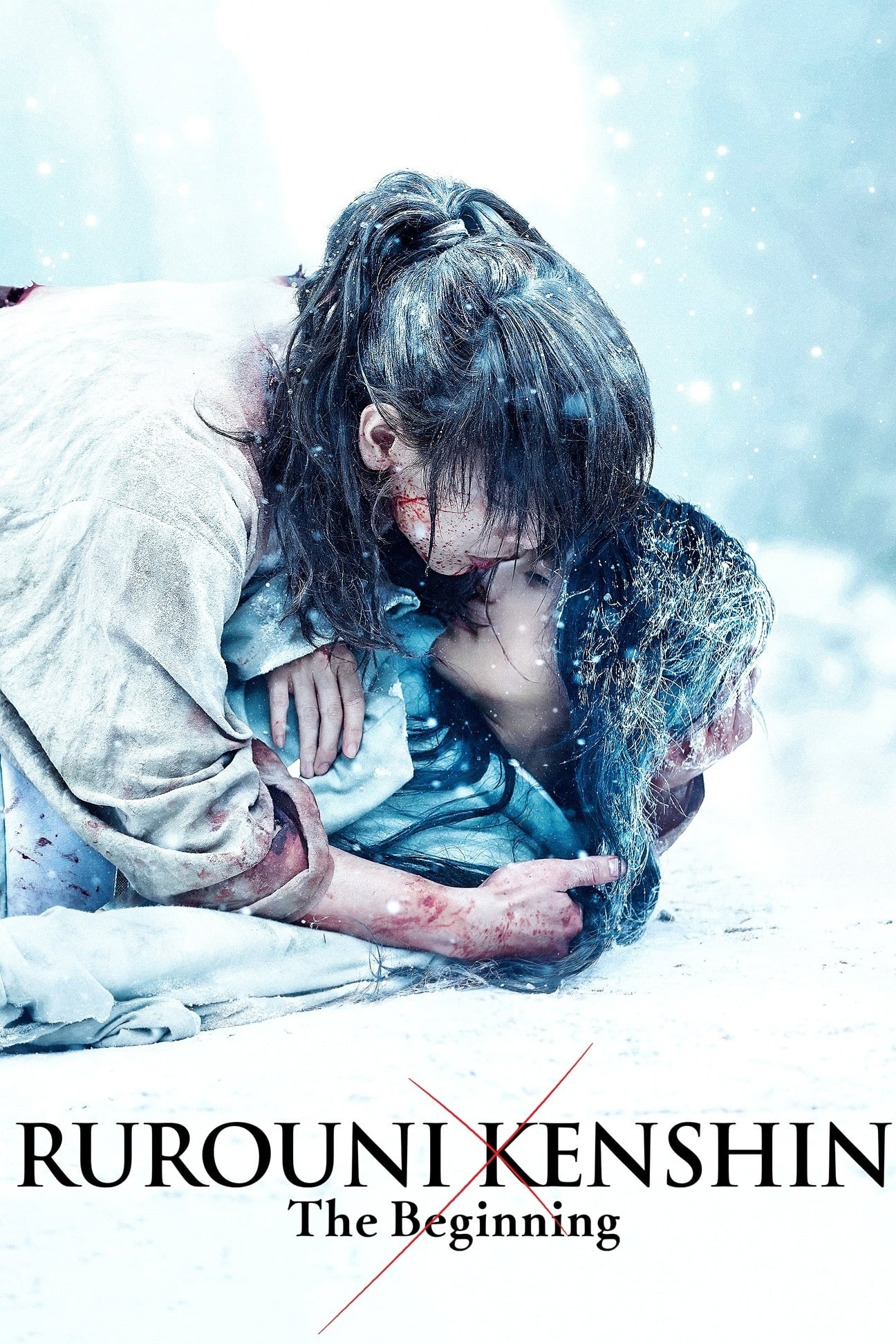
This new movie tells the story of Kenshin’s past as the fearsome Battōsai, based on the ‘Trust and Betrayal’ storyline. The filmmakers use a colder color scheme and more subdued scenes to capture the atmosphere of that time period. They’ve also carefully recreated the props and sword fighting styles of the late shogunate era. The film reveals the events and wounds that shaped Kenshin into the person we know in the main story.
‘Blade of the Immortal’ (2017)

Takashi Miike’s film is based on Hiroaki Samura’s story and stars Takuya Kimura as Manji, a swordsman who cannot die. The movie is packed with action, including over a hundred onscreen deaths and large-scale fight scenes. The costumes and sets accurately depict the late Edo period without sacrificing clarity during the action. The story streamlines the original plot, focusing on a single path of revenge.
‘Kingdom’ (2019)
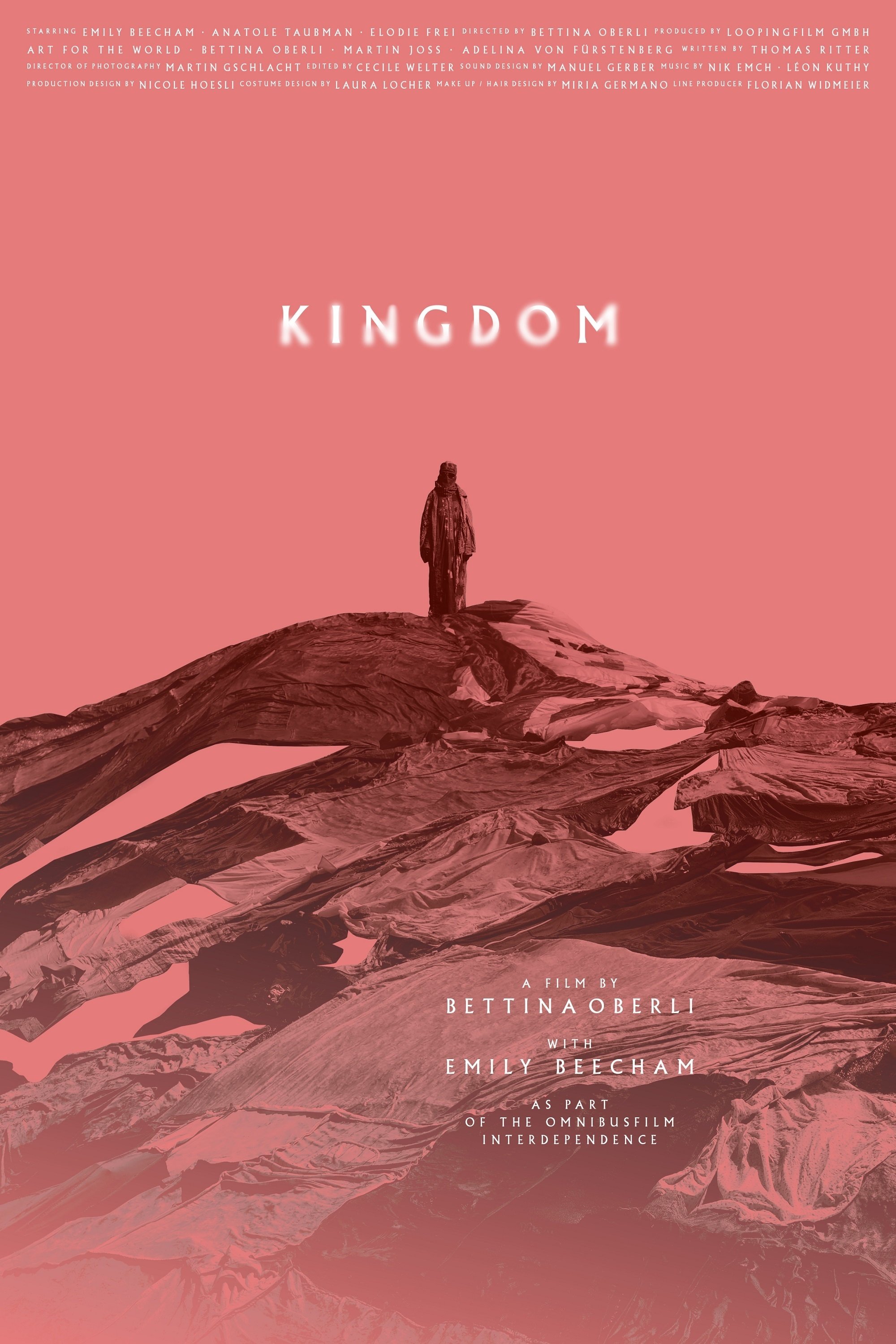
‘Kingdom’ is an epic historical drama based on Yasuhisa Hara’s work, following the journey of Xin during ancient China’s Warring States period. The show brings large-scale battles to life with hundreds of extras, real horses, and authentic armor. Filmed on location in both China and Japan, ‘Kingdom’ features impressive palace and mountain scenery. While simplifying some details, the series still captures the intricate political landscape and follows the characters’ growth through military ranks and shifting alliances.
‘Tokyo Revengers’ (2021)

The movie is based on a story about time travel and troubled youth, starting with intense conflicts between rival gangs. The actors are young, reflecting the ages of the characters in the original manga. Instead of relying on special effects, the fight scenes are realistic and carefully planned. Later films in the series continue the story, showing how friendships and rivalries change over time as new groups emerge.
‘Bleach’ (2018)

Shinsuke Sato’s ‘Bleach’ movie adapts the early story of Ichigo, played by Sōta Fukushi, focusing on his role as a Substitute Shinigami. The movie brings the Hollows to life using a mix of costumes and computer effects to make them feel powerful and dynamic. Memorable scenes include fights at the school and on a city bridge. The film introduces the world of the Soul Society without overwhelming viewers with too much backstory all at once.
‘Ace Attorney’ (2012)
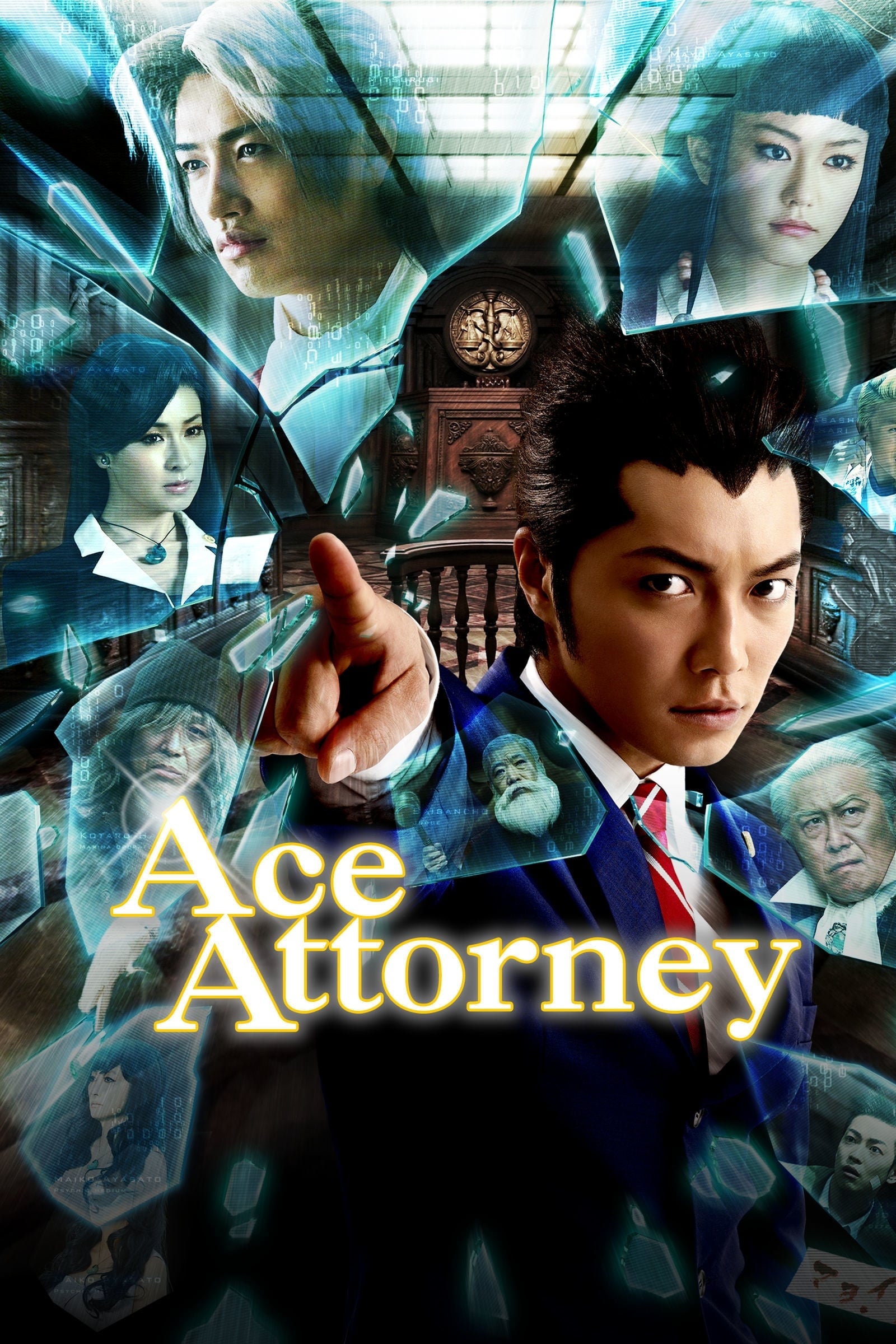
Okay, so Takashi Miike’s take on ‘Ace Attorney’ is… well, it’s exactly what you’d expect. He’s brilliantly recreated the feel of the game, especially the courtroom. The sets are wild – they actually look like the game’s interface come to life! And he doesn’t shy away from the over-the-top reveals and dramatic reactions that fans love. The costumes are smart too – instantly recognizable character designs. The movie weaves together several cases, but thankfully, it keeps the core of what makes the game tick – that satisfying, logical chain of cross-examination. It’s a really faithful adaptation, and a lot of fun.
‘Initial D’ (2005)

This movie, a collaboration between Hong Kong and Japan, brings the exciting world of street racing from ‘Initial D’ to life, starring Jay Chou as the main character, Takumi. It stands out by filming on real mountain roads and featuring impressive, authentic drifting. The film pays close attention to the technical details of car tuning and how tires perform, focusing on the skill of the drivers and the competition between them through timed races, rather than relying on flashy computer effects.
‘Gantz’ (2011)
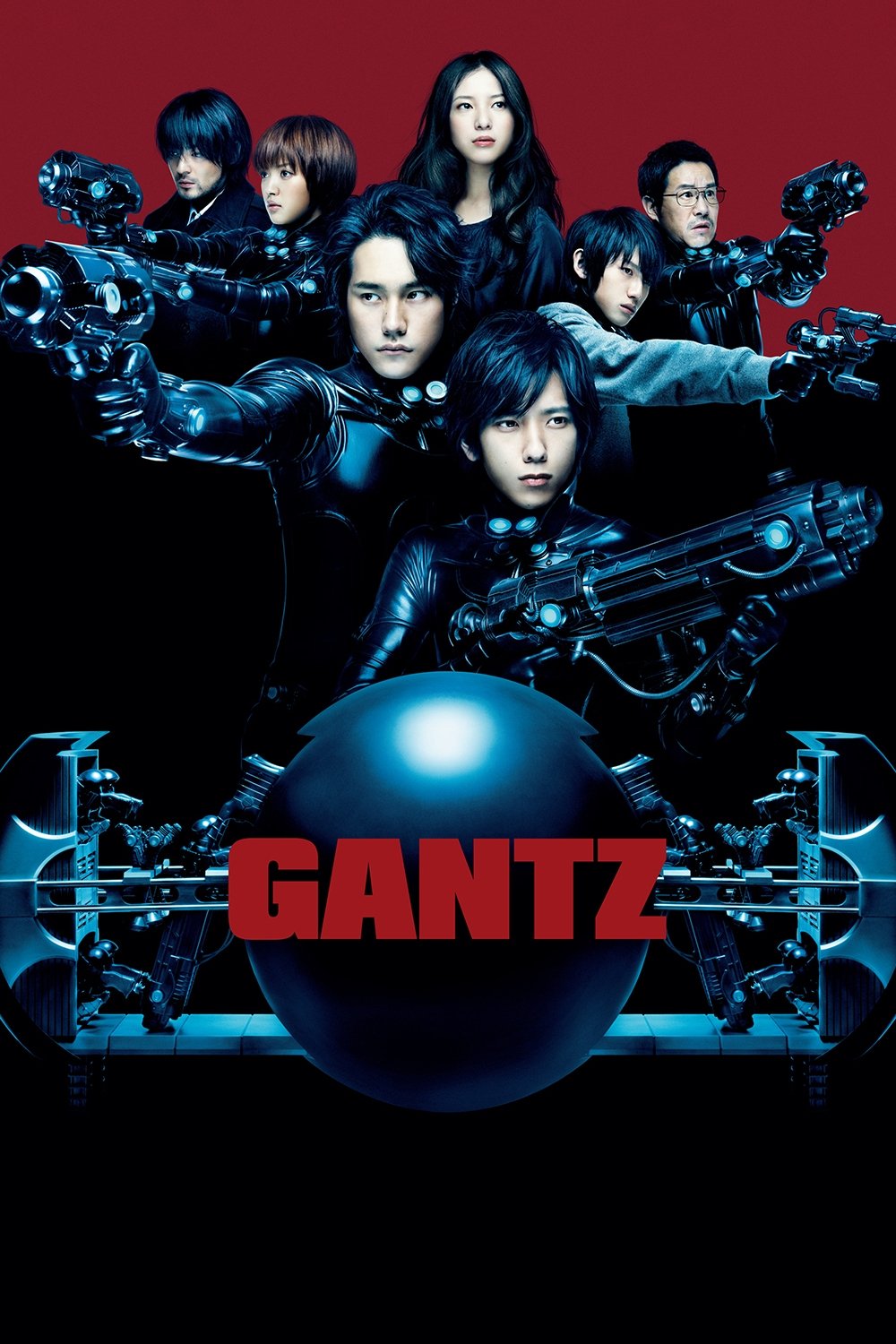
The series ‘Gantz’ takes the idea of a life-or-death battle and centers on the first missions and how the special suits work. It uses a mix of real armor worn by actors and computer-generated creatures to make the action feel more intense. The story keeps you guessing about a strange black sphere while the danger steadily increases. The follow-up film, ‘Gantz: Perfect Answer,’ finishes the first part of the story.
‘Ping Pong’ (2002)

This movie, based on Taiyō Matsumoto’s story, uses exciting camera angles to show the fast-paced action of the sport. It focuses on the characters of Smile and Peco, highlighting their training and how they learn from each other. The table tennis matches are filmed with special effects and realistic setups to clearly show where the ball is going. Ultimately, the film stays true to the original story’s themes of dedication and the importance of friendship.
‘Space Battleship Yamato’ (2010)
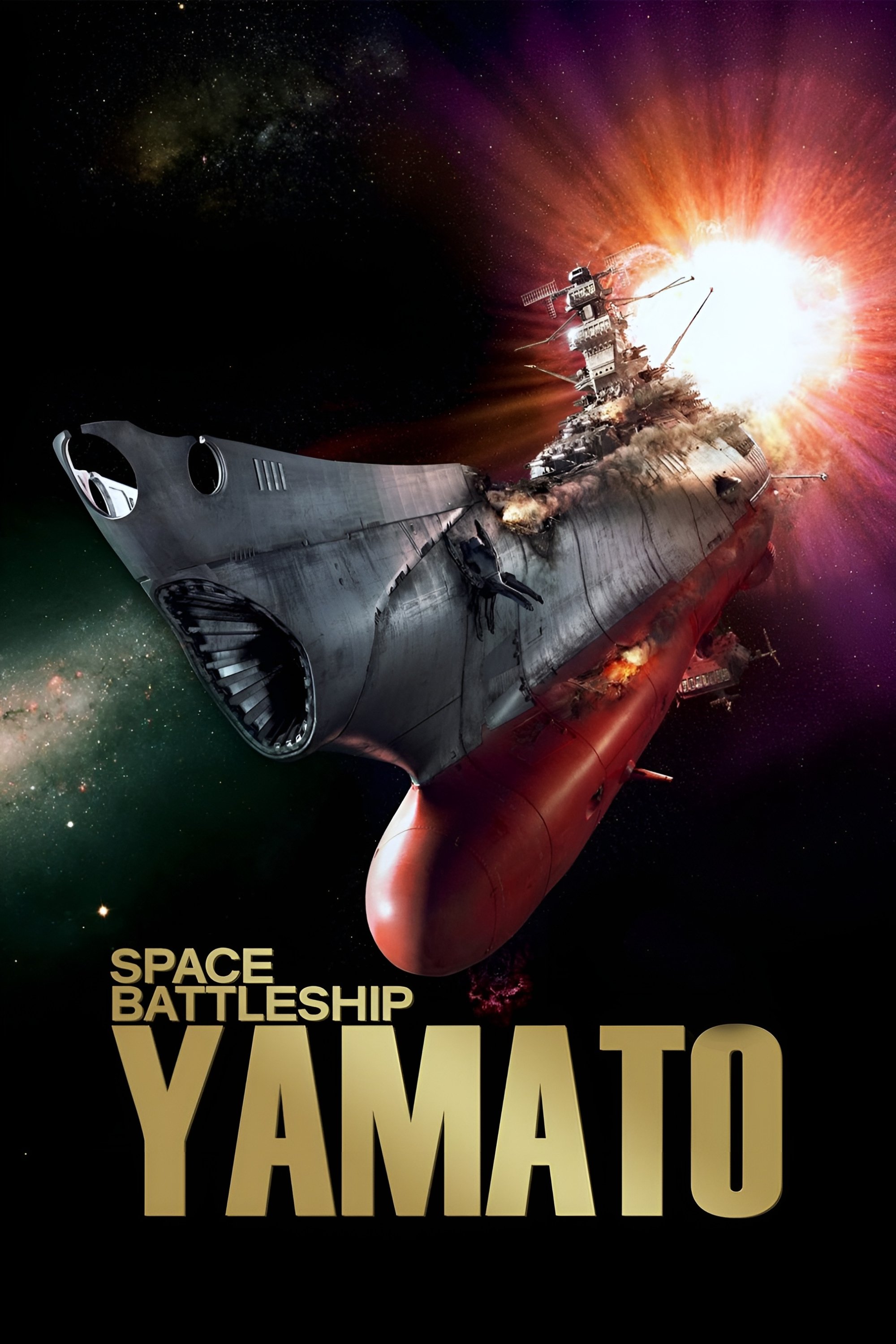
The movie brings the classic spaceship and alien war from ‘Space Battleship Yamato’ to life using impressive visual effects. It combines practical models with computer-generated imagery to show exciting space battles and faster-than-light travel. The ship’s bridge was carefully designed to look like the original, and while the story is streamlined, it still captures the core of the crew’s important mission.
Let us know which of these are your favorites, and tell us about any live-action adaptations you think people should be watching more! Share your thoughts in the comments below.
Read More
- Robert Kirkman Launching Transformers, G.I. Joe Animated Universe With Adult ‘Energon’ Series
- Avantor’s Chairman Buys $1M Stake: A Dividend Hunter’s Dilemma?
- EUR TRY PREDICTION
- NextEra Energy: Powering Portfolios, Defying Odds
- AI Stock Insights: A Cautionary Tale of Investment in Uncertain Times
- Hedge Fund Magnate Bets on Future Giants While Insuring Against Semiconductor Woes
- UnitedHealth’s Fall: A Seasoned Investor’s Lament
- The Illusion of Zoom’s Ascent
- Oklo’s Stock Surge: A Skeptic’s Guide to Nuclear Hype
- Ex-Employee Mines Crypto Like a Digital Leprechaun! 😂💻💸
2025-11-07 21:17